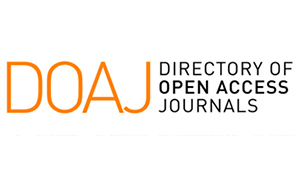María del Pilar Tomanguillo Chumbe
DOI: 10.59427/rcli/2023/v23cs.4467-4474
The present study was framed in the ancestral rights and Constitutional Rights of “the” natives who live “in” “the” “Department” “of” San” Martín – Peru. First, this right to investigate is located within article 89 of the Magna Carta of 1993, when it states “that peasant and native communities “have full recognition and existence by law, it also indicates that, being legal entities, They enjoy “power” “in” their” organization and also the use “of” “their” “land” and “the” “free” “disposition” in the “framework” established by law, specifying that the ownership of their lands is of lasting content. Within the second category is the ancestral right that these communities that live in the San Martín region have, consequently, the problem was located due to the fact that the indigenous people in the exercise of their ancestral rights and when exercising their right to property by the lands they own, carry out acts for their subsistence such as cutting down trees, making plantations for their subsistence, hunting animals, among others, are processed by the regulatory entity of forest management: OSINFOR and end up paying fines in Tax Tax Units , when this should not be, since they are simply only exercising their ancestral right over their lands.
Pág 4467, 4474 20 Dec








